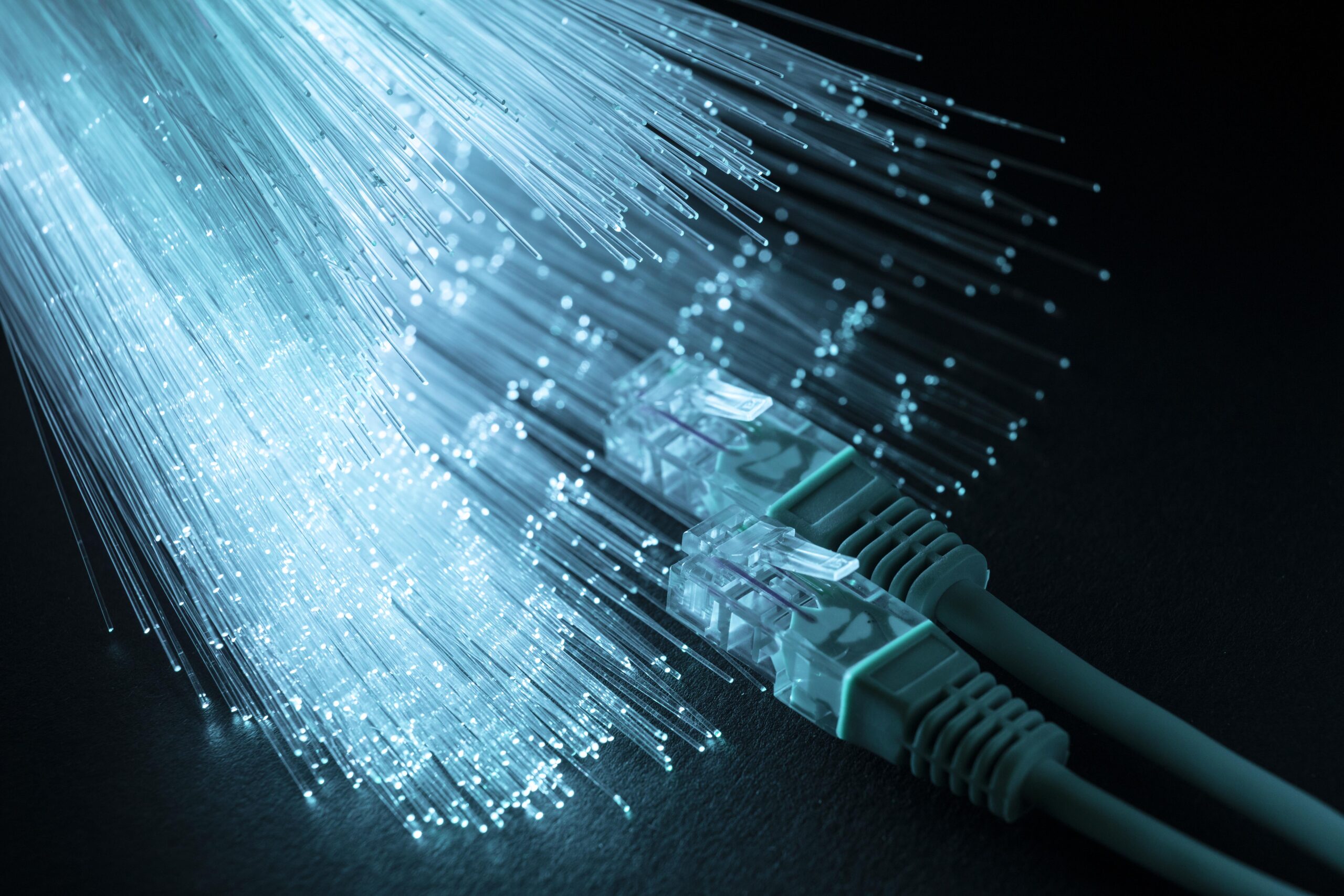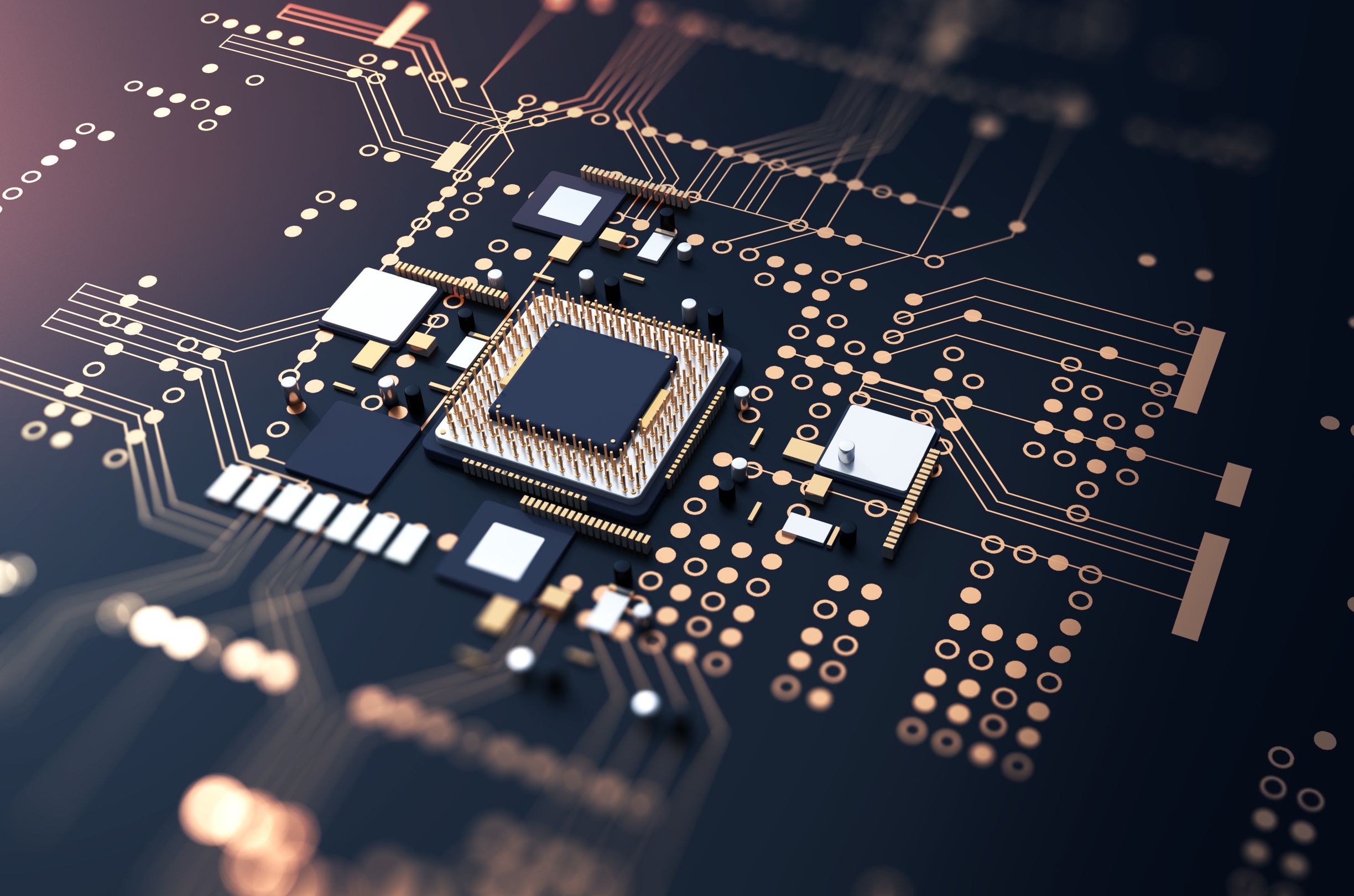The Industry Internet of Things (IIoT) in the Healthcare Industry
The Internet of Things (IoT) ecosystem includes devices such as a PC, laptop, or smartphone that can connect to the internet instead of a significant number of industrial/healthcare equipment that isn’t intended to be linked to the internet. Things that can connect with or without human intervention are classified as IoT and significantly increase system performance.
The Industrial-Internet-of-Things (IIoT) interconnection of all physical industrial devices may convey a flow of data or crucial information that can be analyzed and integrated by software for rapid, flexible production and optimized unit workflows for desired products output. The Internet of Things, artificial intelligence functions, cloud technology, and machine learning have become a key and important trend for its integration to enhance machine performance. The IIoT has been fast-evolving, with new and unexpected uses accepting changes in form/function.
The development of 5G technology is on the horizon.
Because of stronger networks, 5G technology is at the forefront of mobile communications development and provides new opportunities for IoT expansion in every sector of automated machinery. Large data can be acquired fast, examined in real-time, almost without delays, and handled in the needed format thanks to the introduction of 5G, considerably expanding the potential use of IoT in additional applications and opening up new paths for technical innovation.
Industrial Internet of Things (IIoT) integration in industry and healthcare
The Industrial-Internet-of-Things (IIoT) is transforming manufacturing, building automation, healthcare, and various other industries. Smart sensors are getting increasingly powerful in terms of data collection and connection to the server and controller. Device advancements improve capabilities at all stages of the manufacturing process, from product development to manufacturing to supply chain management. Factory managers can minimize delays, boost productivity, cut down on machine downtime, and better manage inventories.
Many healthcare organizations have used IoT technology in a variety of tasks and equipment. Smart home care, electronic health records, personal healthcare management, and speciality hospitals are all possibilities in this field.
The Internet of Things (IIoT) is becoming a reality and an acknowledged aspect of medical and healthcare systems, improving the capacity to treat patients both physically and remotely. By minimizing human data input, our improved IoT solution decreases the risk of medical mistakes. The Internet of Things gadget makes it easy to authenticate a patient’s identity and monitor and give therapy to specific patients. In healthcare, the IIoT encompasses a broad range of applications and equipment.
Devices having IIoT capabilities and applications, including glucose monitors, heart health monitors, and EKG monitors, as well as tools enabling users to gather data, ingest medications, and assist physicians with their health/illness research Users may monitor their health status using IoT medical devices and get notifications both for themselves and remotely from medical healthcare experts/professionals when their values stray significantly from the norm.
The current data is saved to monitor previous changes in conditions over time and assist caregivers in making medicine or therapy administration decisions.
The IIoT enhances patient care and therapy by minimizing medication administration mistakes and offering real-time monitoring, particularly beneficial for the elderly and handicapped. It also facilitates the accessibility of a patient’s important information, such as blood pressure, glucose levels, and imaging, frequently. The latest IIoT medical imaging equipment also sends real-time data stored in the Cloud and made conveniently available to committed healthcare practitioners in a timely way. Artificial intelligence combined with IIoT medical imaging data will assist healthcare professionals in obtaining, analyzing, and diagnosing data using machine learning.
Robotic applications and smart sensors
The IIoT is heavily reliant on smart sensors, high-bandwidth wireless data transmission, and compatibility for different communication protocols, which aid in analysis, system visualization, and health monitoring. The IIOT is quickly becoming a valuable asset and deterministic tool in the healthcare and medical manufacturing industries. In pharmacies, advancements in robotic/robotic assistance are becoming a reality. Robots with artificial intelligence are proven beneficial in manufacturing and labs for specified automated activities such as storage and retrieval or pipetting and sectors such as quality inspection of medical products (medicine, equipment, and logistics) in the manufacturing sector.
Security concerns have grown.
IoT promises to make our lives simpler by allowing for easy data collecting and control over information transmission, but it also makes us more vulnerable to malware attacks. Malware infestation resulted in data loss, either partly or completely, or data corruption in the past. Because of the evolution of the IoT-based system, a virus or ransomware attack might disable essential processes and cause services to be disrupted.
The most recent advancements, applications, and trends in the ever-evolving IoT technology have the potential to provide new ease of completing our daily tasks in the future. Simultaneously, hackers improve their potential to capsize civilization via ransomware attacks by combining IoT and artificial intelligence.
Ransomware assaults have resurfaced in the headlines recently, with fresh attacks targeting the worldwide healthcare, local government, and education sectors. A ransomware cyber-attack happens when malicious software is installed on a computer system or data server to prevent a person or organization from accessing it.
Colonial Pipeline, an oil pipeline system, JBS Foods, and other big multinational companies have all been hit by ransomware assaults. The city of Atlanta’s water and ticket payment systems were also disrupted by ransomware. According to a statement on a dark website, the hackers behind a large extortion assault using Kaseya that impacted hundreds of firms worldwide have demanded $70 million to recover the data they are holding hostage.
In 2019, hardware vendors such as Cisco, HPE, Dell, and others were developing micro-centre-specific infrastructure to make them more physically rugged and secure. Security vendors are beginning to add endpoint security solutions to their existing services to prevent data loss and provide threat protection and network health recommendations.
Devices for the Internet of Things (IIoT) and their requirements
There are four components to implementing IIoT in a healthcare setting:
1. Data transmission
2. Data storage and retrieval promptly
3. Data analysis and
4. Data transfer between networks and systems is seamless.
Continuous parameter monitors are an IIoT gadget.
An IIoT-enabled medical gadget is one that continuously monitors health performance data. Even under the skin, the technology employs a tiny sensor that wirelessly sends data to smart devices. This information may be monitored in real-time on smart devices like phones and tablets and shared with medical personnel, nurses, and physicians.
Sensors, transmitters, and, in certain cases, receivers must all be included in IIoT device nurses. The sensor gathers data from the patient and delivers it wirelessly using a Bluetooth Low Energy (BLE) transmitter. Data analysis is also performed on the intelligent receiver or smart device and an external server/computer to improve the clarity of the display and the dashboard prompt. This online software solution offers a versatile platform for data transmission to healthcare professionals.
Infusion pumps for smart medication
Another key life-saving example of IIoT devices in healthcare/hospitals is wireless infusion pumps. Infusion pumps provide intravenous medication or nutrients to patients in the form of a steady stream of fluids. Infusion pumps let healthcare staff attend to numerous patients at once because they include an alert feature that indicates if the fluid has been adequately delivered or if a blockage has appeared. Even the relative simplicity of updating software and firmware from time to time is considerably aided by wireless IIoT infusion pumps.
Wireless infusion pumps are provided by manufacturers and are integrated with a patient’s EMR (electronic medical records) to store/transmit data about drug administer rate, timestamp, quantity, and treatment and provide automated documentation and collect data for doctors’ medication orders.
In addition, the Smart Pump gives an overview of analytics of a patient’s clinical status and history, as well as automatic updates for those histories. The wireless receiver gathers information about patient treatment in the proper format, adjusts medicine, and updates software wirelessly or remotely. The wireless transmitter linked to the server provides data to the EMR system (notifications and alerts) to healthcare service providers accountable for the individual patient regularly or as instructed.





